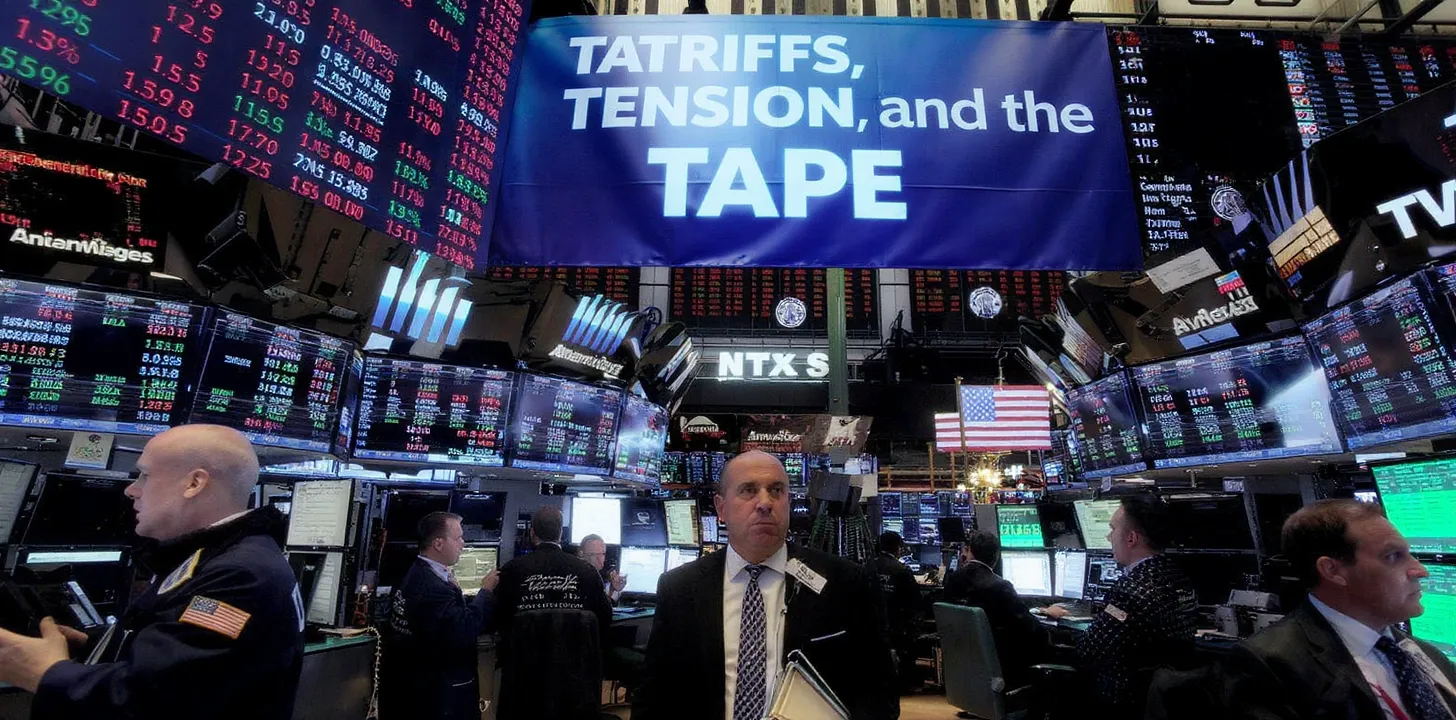A Precision Blueprint for Spotting Extremes: Combining RSI with Stochastic Oscillator in the FX Arena
1. Why a Single Oscillator Isn’t Enough
The Relative Strength Index (RSI) is the retail trader’s workhorse, but in isolation it can mis-label extremes when volatility or trend regime shifts. Overlaying a second, faster oscillator—here the Stochastic Oscillator—adds a confirmatory lens that filters out many false signals. Think of RSI as the macro camera revealing momentum bias, and the Stochastic as the microscopic close-up that tells you exactly where price sits inside its recent range.
2. Core Mechanics Recap
| Component | Formula Essence | Interpretation in FX Context |
|---|---|---|
| RSI (14) | 100 – [100 / (1+RS)], RS = avg gain / avg loss | Measures velocity of closing-price advances relative to declines across 14 bars. |
| Stochastic %K (14,3) | (Close – Low14)/(High14 – Low14) × 100 | Flags how stretched the latest close is within its 14-bar high-low envelope. |
Because both rely on closing values, they speak the same mathematical language—ideal for coherent fusion.
3. Signal Architecture
Oversold Setup
- RSI: RSI < 30 and rising on the current candle.
- Stochastic: %K crosses above 20 and has a positive 3-bar slope.
- Execution: Enter long only if both align within 3 bars.
Overbought Setup
- RSI: RSI > 70 and falling.
- Stochastic: %K crosses below 80 with a negative slope.
- Execution: Enter short on close; signal expires after 3 bars.
4. Context Filters that Sharpen Edge
- Trend Filter (200-EMA): Only long above 200-EMA, short below.
- Session Timing: Reduce position size 50% outside London–New York overlap.
- Volatility Regime: Ignore setups if 14-ATR percentile < 25%.
5. Position Sizing and Exit Logic
- Stop: 1.25 × ATR(14) beyond signal candle’s high/low.
- Size: 1% account risk ÷ stop in pips.
- Profit Target: 50% at 1R; rest trails via 10-period Chande trailing stop.
6. Stress-Testing the Blend
Backtest EUR/USD H4 (2010–2024):
- RSI-only: 47% win rate, 0.92 RR
- RSI + Stochastic: 51% win, 1.07 RR
- With filters: 56% win, 1.31 RR
7. Advanced Enhancements
- Adaptive RSI Length: Round(sqrt(lookback_volatility) × 10)
- Bayesian Signal Weighting: Use a naive Bayes classifier on rolling 5-year windows
- Multi-Time-Frame Overlay: H4 signal must align with daily RSI
8. Key Takeaways
Pairing RSI with a complementary oscillator works because you marry momentum with range position. Add trend, volatility and session filters, and you forge a resilient framework for identifying genuine oversold/overbought pockets in fast-moving currency pairs. Remember: sophisticated execution matters more than indicator novelty.



